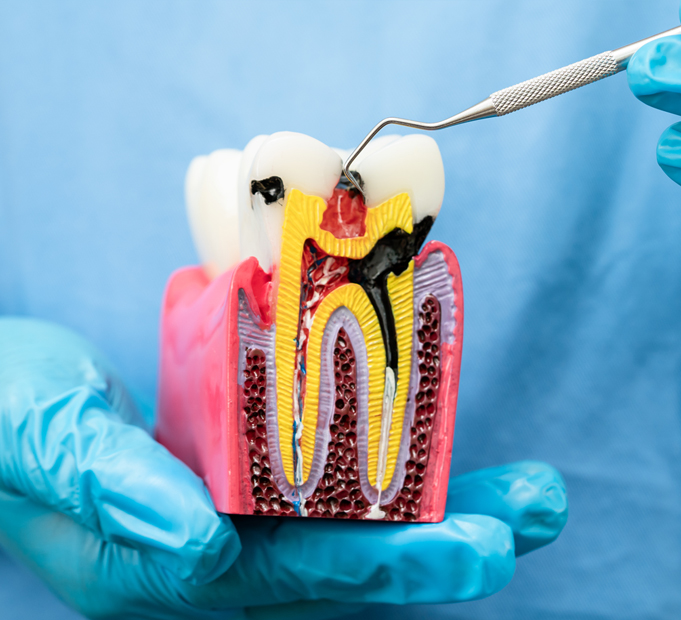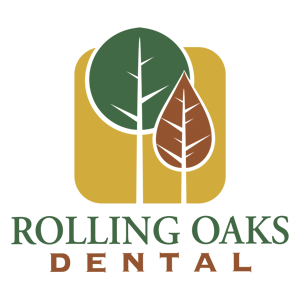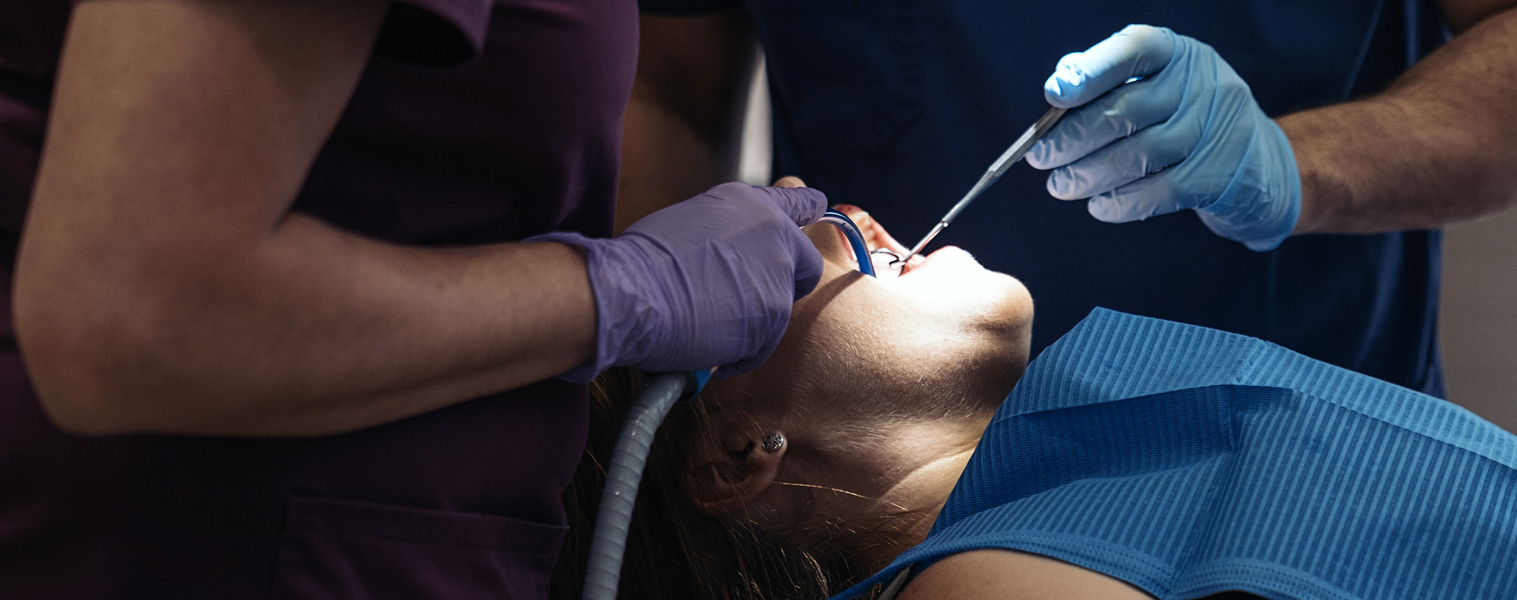Root Canal Treatment: A Step-by-Step Guide
Root canal therapy is used to repair and save a tooth that has been seriously decayed or infected. This treatment is performed when the pulp inside the tooth is damaged. If the damaged pulp is not removed, bacteria can start to build up and multiply inside the tooth, resulting in an infection that can cause more serious issues in the future.
Root canals have sometimes been associated with pain. However, many people report that the procedure itself is no more painful than having a filling placed. So why do root canals have such a bad reputation as being painful? Typically, the pain and discomfort experienced before seeking dental care can be more intense than the root canal procedure itself. Patients often describe a root canal as painful due to the symptoms that led to it rather than the treatment itself.
Schedule a Consultation
Common Symptoms
Some signs indicate root canal therapy may be needed. Determining the necessity of a root canal procedure can be complex, involving diagnostic information and input from both the dentist and the patient. If you experience any of the following symptoms, it is essential to visit Rolling Oaks Dental in San Antonio for a check-up.
- Tender or swollen around gums.
- Dark or discolored tooth.
- Recurring pimple located on the gums.
- Severe pain in teeth when chewing or applying pressure.
- Pain or sensitivity to hot or cold temperatures.
- Sometimes, it is possible for no symptoms to be present.
About The Procedure
Our dentists will perform the root canal procedure during one or more office visits. If the root canal is complex, which it most often is, we may refer you to an endodontist specializing in root canals.
Steps:
- We take X-rays of the affected teeth to see the shape of the root canals and look for signs of infection around the bone.
- Local anesthesia is used to numb the area. We also offer nitrous oxide and oral conscious sedation to help you through this procedure if you experience too much anxiety or stress.
- A sheet of rubber called a “rubber dam” will be placed around the affected tooth to keep the area dry during treatment.
- A hole is then drilled into the tooth to access the soft area of the pulp. The pulp and nerve tissue is removed from the tooth. Once this is all out, along with any decay and debris, the tooth is thoroughly cleaned and disinfected to ensure no bacteria gets trapped inside.
- The tooth is meticulously cleaned and flushed with water. If there is a bad infection, we may put medication inside the tooth to clear it up thoroughly, in which case a temporary filling will be placed in the exterior hole to keep contaminants out between appointments. But most of the time, it will be sealed immediately after the final filling.
- The tooth is sealed using a sealer paste and rubber compound, which are placed into the tooth’s root canals. Then, a harder, standard filling is placed to fill the upper part of the tooth.
- More restoration is frequently required in the last phase. We will most likely place a crown on a tooth that requires a root canal because it typically has a large filling, significant decay, or another weakness. This will protect the tooth, keep it from breaking, and restore it to its full function.
Video Gallery

Get started on your
beautiful Smile Journey
Our dentists are trained to ensure we offer quality services. When you visit Rolling Oaks Dental, expect nothing but the best. Ready to book an appointment? Please dial (210) 880-4120 to schedule an appointment with our friendly team. We are conveniently located in Garden Ridge, TX, but treat patients from numerous locations, including Schertz, Universal City, Cibolo, Converse, New Braunfels, San Antonio, Bracken, and Selma.


